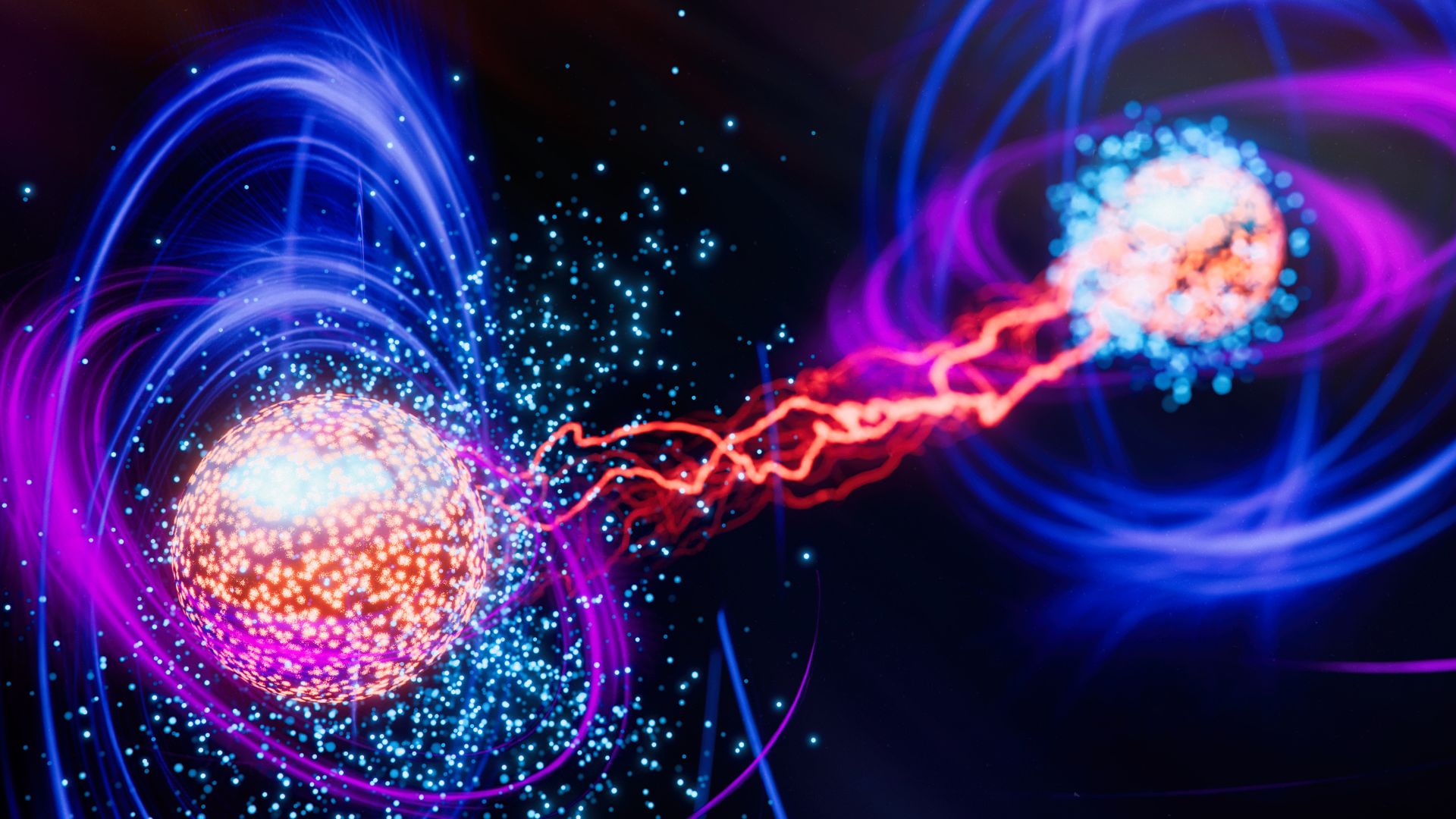Scientists create quantum 'telephones' to connect long-distance atoms

Source: interestingengineering
Author: @IntEngineering
Published: 9/19/2025
To read the full content, please visit the original article.
Read original articleResearchers at the University of New South Wales (UNSW) in Australia have successfully created quantum entanglement between two distant phosphorus atoms embedded in silicon, marking a significant advancement in quantum computing. Using electrons as a bridge, they established entangled states between the nuclear spins of atoms separated by up to 20 nanometers. This breakthrough was demonstrated through a two-qubit controlled-Z logic operation, achieving a nuclear Bell state with a fidelity of approximately 76% and a concurrence of 0.67. The findings, published in the journal Science, suggest that nuclear spin-based quantum computers can be developed using existing silicon technology and manufacturing processes.
The key innovation lies in using electrons—capable of “spreading out” in space—to mediate communication between atomic nuclei that were previously isolated like people in soundproof rooms. By enabling these nuclei to “talk” over a distance via electron exchange interactions, the researchers effectively created quantum “telephones” that allow long-distance entanglement. This method is robust
Tags
quantum-computingsilicon-microchipsquantum-entanglementsemiconductor-technologyspin-qubitsnuclear-spinquantum-communication